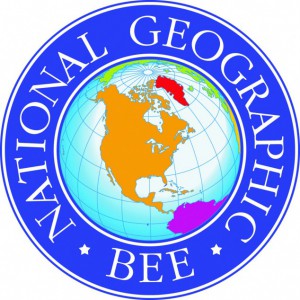During the week of November 10, 4th through 6th grade teachers will administer the qualifying geography bee test in the classroom. The top 10-14 students will compete in a school geography bee which will be run a little different this year.
On Tuesday, December 9, Hillside, Westbrook, Swanson, Loveland, and Sunset will have their geography bees at Underwood Hills on 90th and Western.
On Friday, December 12, Westgate, Paddock Road, Oakdale, Rockbrook, and Prairie Lane will have their geography bees at the Community Conference Center (CCC) on 108th and Grover.
School vehicles will be used to transport the students to Underwood Hills and the CCC where they will compete in the geography bee. Parents and family are welcome to attend.
Below is the tentative schedule for each day.
December 9 at Underwood Hills
- Hillside 9:15-10:15
- Westbrook 10:30-11:30
- Swanson 11:45-12:45
- Loveland 1:00-2:00
- Sunset 2:15-3:15
December 12 at CCC
- Westgate 9:15-10:15
- Paddock 10:30-11:30
- Oakdale 11:45-12:45
- Rockbrook 1:00-2:00
- Prairie Lane 2:15-3:15
 Learn about the Amazon Rainforest and how the Wampís Nation has been protecting the forest and the largest river in the world.
Learn about the Amazon Rainforest and how the Wampís Nation has been protecting the forest and the largest river in the world.  Trees help clean the air. Trees produce the pure oxygen we breathe, and remove air pollution by lowering air temperature, through respiration and by retaining particulates, but can it be bad to plant a tree?
Trees help clean the air. Trees produce the pure oxygen we breathe, and remove air pollution by lowering air temperature, through respiration and by retaining particulates, but can it be bad to plant a tree?
